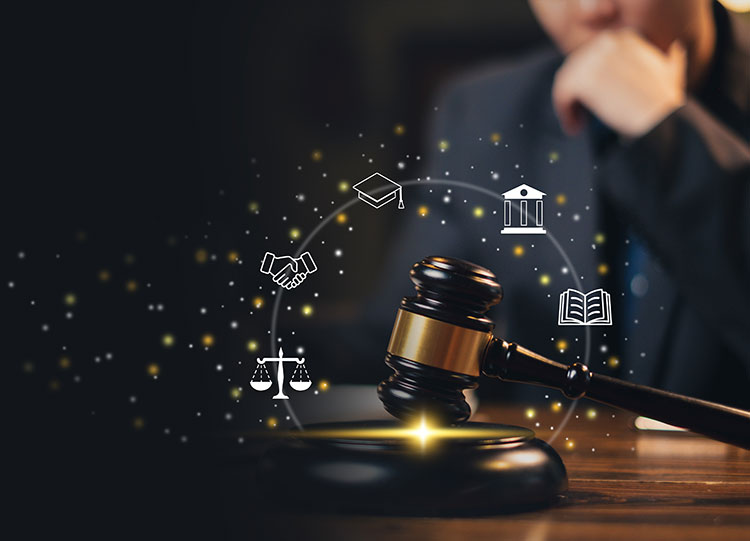Courtroom Illustration in Modern Legal Practice
Courtroom Illustration in Modern Legal Practice
Blog Article

In today's legal world, medical courtroom illustration visual clarity plays a crucial role. Legal presentation art are now vital to help jurors understand complex events and expert testimony. Companies like LawFX are at the forefront of this visual legal revolution.
What Are Courtroom Illustrations?
Unlike media sketches, these visuals aim to explain—not just depict—key scenes or events from a case. They may include accident reconstructions, injury depictions, or medical procedure visuals. LawFX ensures each piece aligns with legal standards while enhancing testimony.
Visual Strategy by LawFX
LawFX works hand-in-hand with attorneys to create visuals tailored to the case. Whether for trial, mediation, or depositions, their visuals enhance legal messaging across the board.
Benefits of Visual Aids in Court
In court, time is short and information is dense. An effective illustration can support or even replace lengthy explanations. This improves juror retention and creates stronger emotional impact during trial.
Illustrations vs. Trial Graphics
They're used to organize arguments or highlight key facts. Illustrations, by contrast, depict scenes or injuries to tell a visual story.
Attorneys and Professionals Who Benefit from Trial Illustration
Litigation consultants recommend illustrations to anchor complex arguments. LawFX also serves mediators and arbitration teams seeking visual clarity during settlement talks.
Types of Cases That Benefit from Courtroom Art
Injury claims, defective products, surgical error cases, and construction failures all benefit from visuals. LawFX's expertise helps clarify these high-stakes issues through careful illustration.
How Legal Visuals Are Created
Next, they collect evidence, photos, expert reports, and medical records. Revisions are made until a final court-ready visual is produced. This collaborative method ensures that every visual is effective, precise, and courtroom-approved.
Improving Jury Comprehension with Art
Most jurors are unfamiliar with technical language or specialized procedures. Visual storytelling keeps jurors focused and makes complicated testimony easier to follow.
Admissibility of Legal Visuals
They collaborate with experts to confirm that each illustration reflects actual evidence. Avoiding exaggeration or misleading design ensures their work withstands scrutiny and contributes to trial success.
Visual Aids for Negotiation
They show the strength of a case in ways that copyright cannot. Attorneys use them to influence settlement terms or simplify complex arguments during mediation.
Common Questions About Legal Illustration
What visuals do you create? Courtroom illustrations, trial graphics, 3D models, and digital presentations.
Are they admissible? Yes—they meet evidentiary standards and are reviewed with experts.
What’s the difference between illustrations and trial graphics? Graphics show data; illustrations show events or scenes.
Where can they be used? In court, settlement, depositions, and mediation.
How long does it take? Simple visuals take days, complex ones may take 1–2 weeks.
Why Courtroom Illustrations Matter
Legal visuals improve communication, clarify arguments, and help jurors make better decisions. For persuasive, professional visuals that tell your story—LawFX delivers.
Report this page